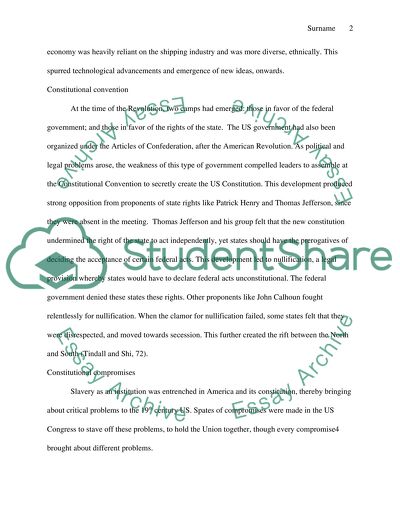Cite this document
(“The civil war Essay Example | Topics and Well Written Essays - 2750 words”, n.d.)
The civil war Essay Example | Topics and Well Written Essays - 2750 words. Retrieved from https://studentshare.org/history/1403028-the-civil-war
The civil war Essay Example | Topics and Well Written Essays - 2750 words. Retrieved from https://studentshare.org/history/1403028-the-civil-war
(The Civil War Essay Example | Topics and Well Written Essays - 2750 Words)
The Civil War Essay Example | Topics and Well Written Essays - 2750 Words. https://studentshare.org/history/1403028-the-civil-war.
The Civil War Essay Example | Topics and Well Written Essays - 2750 Words. https://studentshare.org/history/1403028-the-civil-war.
“The Civil War Essay Example | Topics and Well Written Essays - 2750 Words”, n.d. https://studentshare.org/history/1403028-the-civil-war.


